Ground shipping is currently paused. Local deliveries throughout Long Island will continue as usual. Pre-orders for fall are now open. Non-local orders will begin shipping again in early September. Click here to learn more.
Ground shipping is currently paused. Local deliveries throughout Long Island will continue as usual. Pre-orders for fall are now open. Non-local orders will begin shipping again in early September. Click here to learn more.
| Size | |
|---|---|
| Common Name | |
| Type | |
| Family | |
| Native? | |
| Zone | 4, 5, 6, 7, 8, 9 |
| Height Range (ft.) | 10 to 20 |
| Spread (ft.) | 10 to 20 |
| Bloom Time | |
| Bloom Description | Greenish-yellow flowers, Small |
| Sun | |
| Water | |
| Maintenance | |
| Suggested Use | Erosion Control, naturalized areas, Pollinator Garden, wildlife gardens |
| Tolerate | |
| Attracts | |
| Growth Rate |
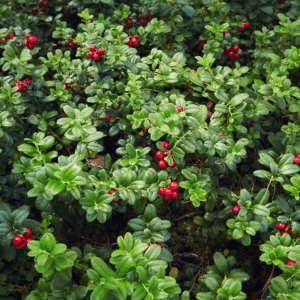
Shining Sumac is a native shrub or small tree with glossy leaves, red summer fruit, and brilliant fall color. Ideal for wildlife gardens, hedgerows, and erosion control.
$19.99
Please note: Sizes 1.5 Gallon and up can’t be shipped outside the counties of Nassau, Suffolk, and Queens.
Learn more about how the process works and how our plants are delivered.
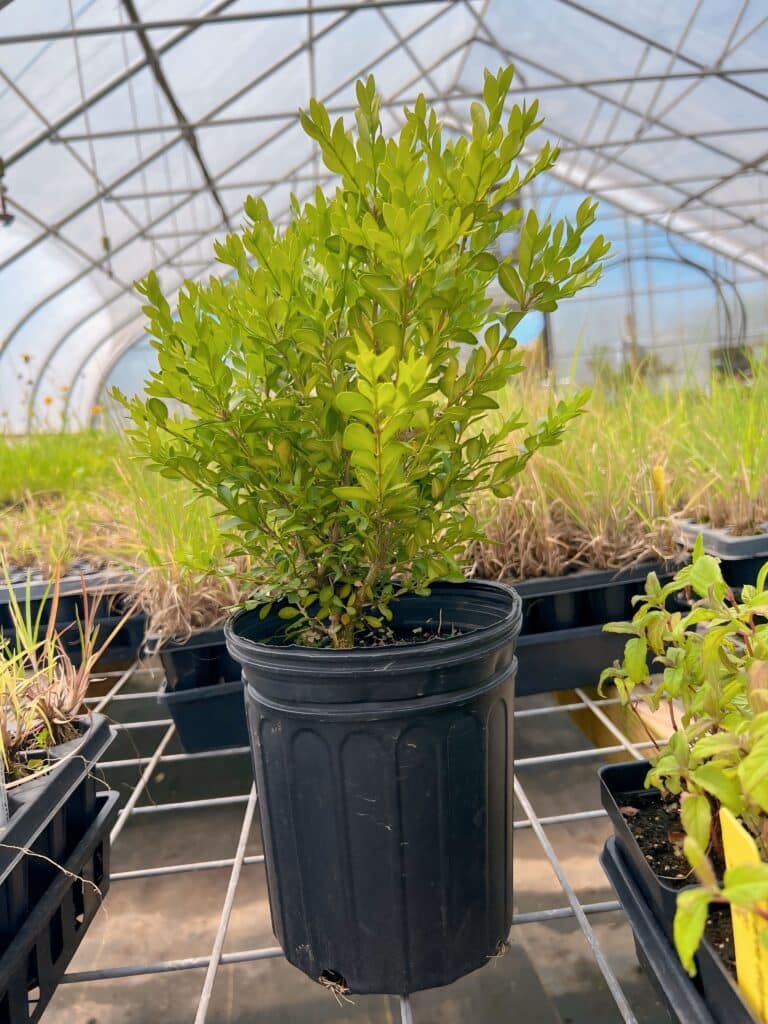

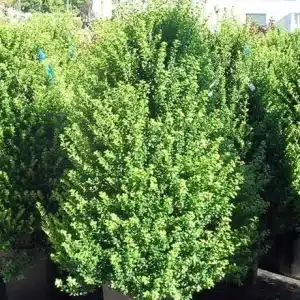
Ground shipping is paused due to summer heat. Only local delivery (Long Island & Queens) is available. Orders placed during the pause will begin processing September 1, and ground shipping will resume September 15.
| Size | |
|---|---|
| Common Name | |
| Type | |
| Family | |
| Native? | |
| Zone | 4, 5, 6, 7, 8, 9 |
| Height Range (ft.) | 10 to 20 |
| Spread (ft.) | 10 to 20 |
| Bloom Time | |
| Bloom Description | Greenish-yellow flowers, Small |
| Sun | |
| Water | |
| Maintenance | |
| Suggested Use | Erosion Control, naturalized areas, Pollinator Garden, wildlife gardens |
| Tolerate | |
| Attracts | |
| Growth Rate |
Rhus copallinum, commonly known as Shining Sumac, is a native, deciduous shrub or small tree known for its glossy, dark green foliage, dense growth habit, and brilliant red fall color. Growing 10 to 20 feet tall and wide, Shining Sumac forms thickets that provide cover and nesting sites for birds and small wildlife.
In late summer, dense clusters of yellowish-green flowers attract pollinators, followed by red, berry-like drupes that persist into winter. These fruits provide a valuable food source for birds and other wildlife. Its drought tolerance and adaptability to poor soils make it an excellent choice for erosion control, naturalized areas, and wildlife-friendly landscapes.
/5
Total reviews
|
|
Persons recommended this product
Anonymous
Shopper
check_circle Verified
Shop owner replied
Was this helpful
Anonymous
Shopper
check_circle Verified
Shop owner replied
Was this helpful
There are no reviews yet.
Be the first to review “ ”
Your feedback helps us improve our service.
Please log in to submit a review.
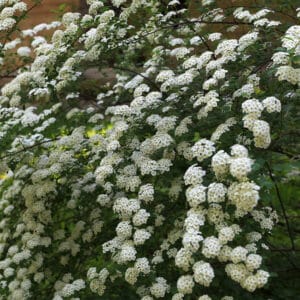
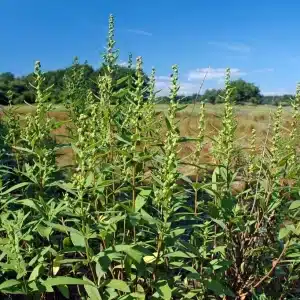
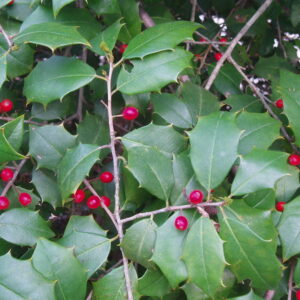
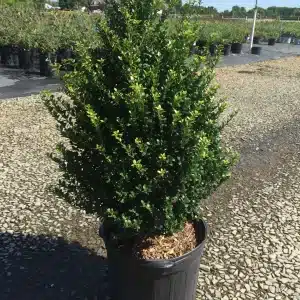
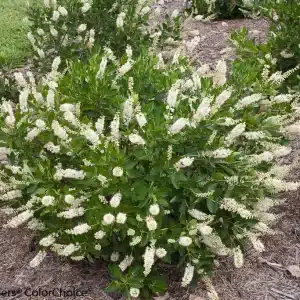

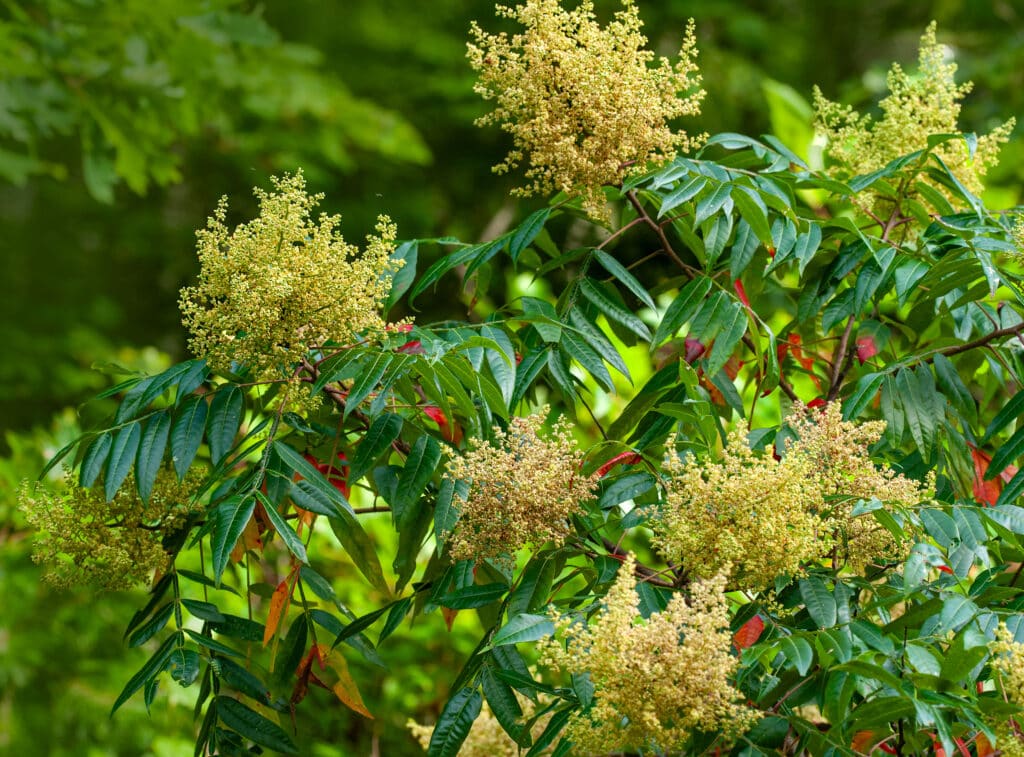
Shining Sumac typically grows 10 to 20 feet tall and spreads 10 to 15 feet wide, forming a large shrub or small tree. It has an upright, spreading habit and is often used in naturalized areas, hedgerows, or as a screening plant.
Rhus copallinum thrives in full sun, which encourages its dense growth and best fall color, but it can tolerate partial shade. It’s highly adaptable to poor, dry, sandy, or rocky soils, as long as they are well-drained. It’s also drought-tolerant once established.
Yes! Shining Sumac is well-known for its brilliant fall foliage, turning vibrant shades of scarlet, orange, and crimson. In late summer, it produces dense clusters of small yellow-green flowers, followed by attractive red berries that persist into winter, providing winter interest and wildlife food.
Absolutely! The berries are a valuable food source for birds and other wildlife in fall and winter. The dense branching and thicket-forming habit provide shelter and cover for birds and small mammals. The flowers attract pollinators, including bees and butterflies.
Yes! Shining Sumac is deer-resistant, thanks to its bitter-tasting foliage. It’s a low-maintenance plant that tolerates drought, poor soils, and urban conditions. Occasional pruning or thinning may be needed to control its spread, as it can form colonies through suckers.
Our gift cards make it easy to share the beauty of plants, flowers, and all things green. Whether for a special occasion or just because, give the gift of choice and let them select their favorites to create a garden they’ll cherish.
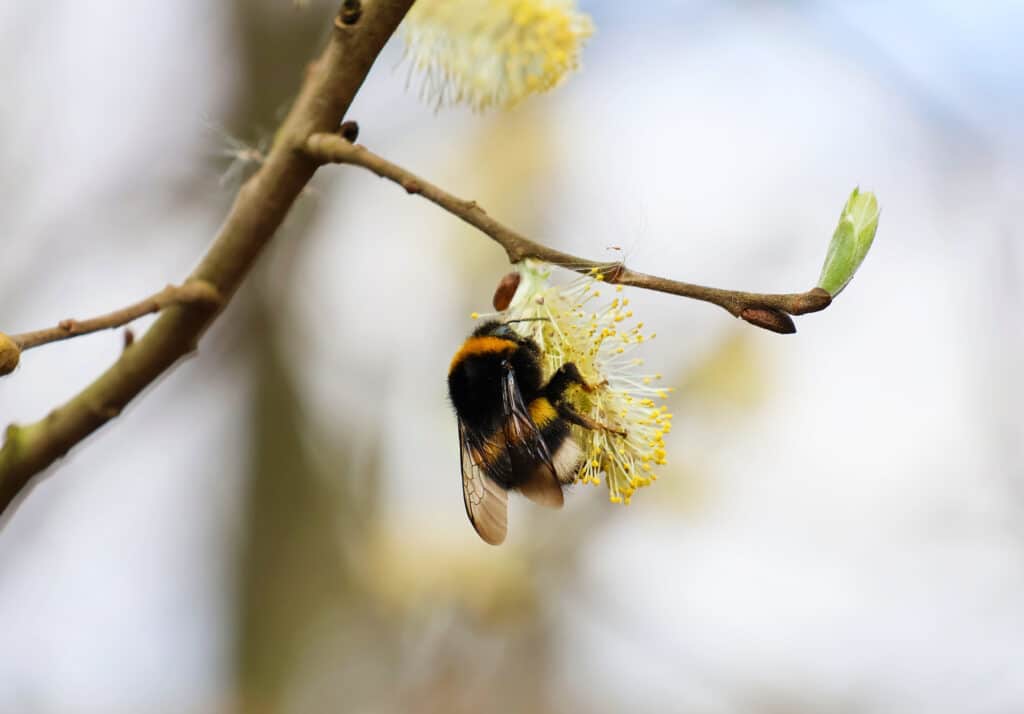
Only Local Delivery Available (Long Island & Queens)
Ground Shipping Paused
To protect our plants from extreme summer heat, we’ve paused nationwide ground shipping to avoid any damage during transit.
Local Delivery Only
We’re still delivering locally to Long Island and Queens, so nearby customers will continue to receive orders as usual.
Fall Pre-Orders Are Open Nationwide!
We will resume normal shipping for non-local orders placed during the pause in early September.
Thank you for your support and understanding—we’re looking forward to growing with you this fall!